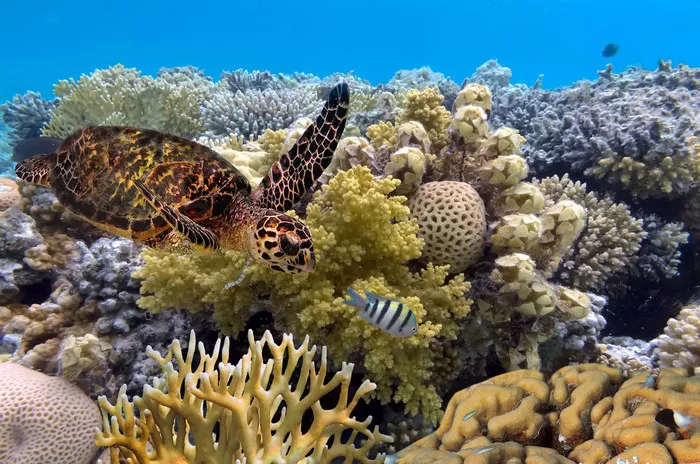Australia’s Great Barrier Reef, the world’s largest coral reef system, has shown promising signs of recovery following severe coral bleaching events caused by rising ocean temperatures. Marine biologists from the Australian Institute of Marine Science (AIMS) have reported an increase in coral regrowth in several key areas, attributing the improvement to cooler La Niña weather patterns and conservation efforts.
However, experts caution that the reef remains vulnerable to climate change. A new study published in Nature Climate Change warns that without significant reductions in global carbon emissions, the reef could face irreversible damage by 2050. In response, the Australian government has pledged an additional $500 million toward reef protection initiatives, including coral nurseries and predator control programs for crown-of-thorns starfish, which prey on coral.
Tourism operators have also adopted eco-friendly practices, such as limiting boat traffic over sensitive areas and offering educational snorkeling tours. These measures aim to balance economic benefits with ecological preservation.
Despite these positive developments, environmental groups are urging faster action, calling for stricter regulations on coastal development and agricultural runoff, which contribute to water pollution. The future of the Great Barrier Reef hinges on both local and global efforts to combat climate change.

